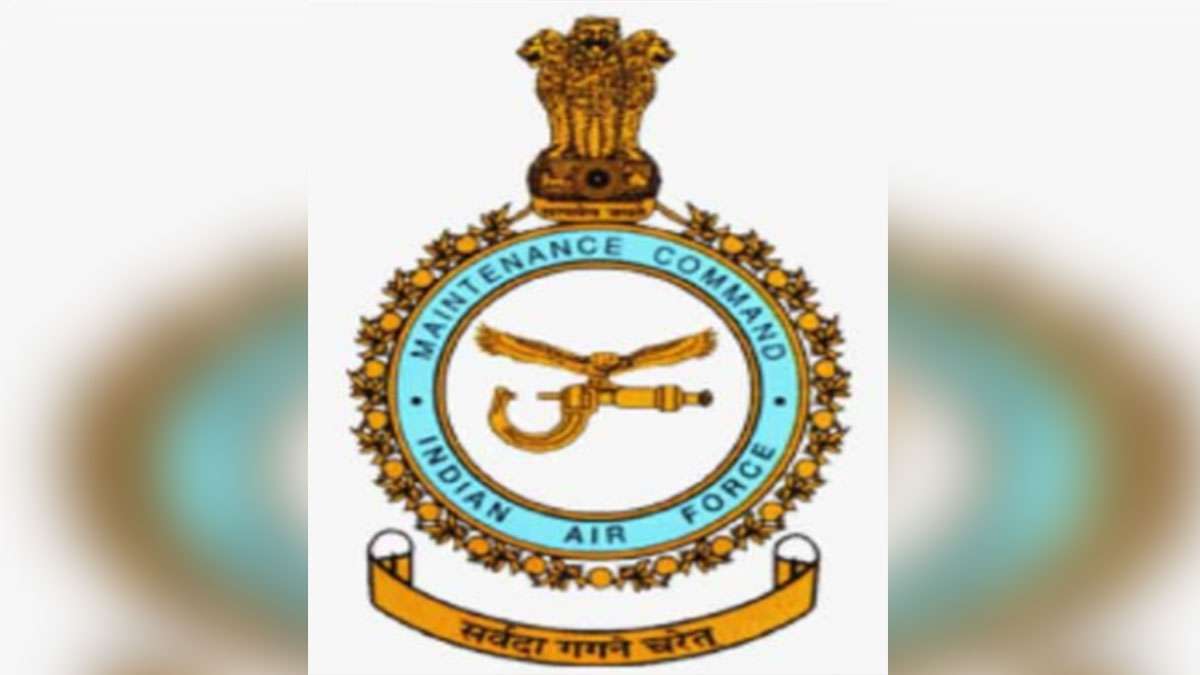


The Chief of Defence Staff (CDS) has several important tasks in hand. He is working at a breakneck speed to complete all the tasks in the timebound mandate given to him. One of the prime tasks in hand is to restructure the existing commands of the three services. Contours of some of the commands, envisaged in the new dispensation are already shaping up.
In a recent statement, the CDS underlined the significant progress towards setting up of the Air Defence Command. It is implicit in the plan, that as one goes along implementing the Theatre Command structure, the existing commands will start disappearing.
The justification for creating theatre command structure itself has intensely been debated in the past. The pace of progress towards changes is clearly indicative that the IAF arguments of non-expeditionary nature of our Air Force and limited availability of air assets to suite the theatre model, have not weighed adequately in the final decision matrix. Even as the integrated structures are shaping up, a closer scrutiny of certain specific areas may help minimize unwarranted, large-scale changes.
IAF has two functional commands, namely Maintenance and Training. There are another five operational commands, each responsible for their designated area. The Theatre Commands will get fresh geographical regions for operational responsibilities. However, different sets of challenges await reorganization of the functional Commands. Distributing the functional responsibilities to each one of the envisaged theatres is not an option, since it will militate against the optimization of resources; one of the strong arguments in favor of creating theatres. Therefore, separate organizational structures would be needed to support the functional roles. Both, the Maintenance and Training, are distinctly different domain and their treatment has to be deliberated independent of each other. The discussion here is confined to the IAF Maintenance Command, as the theaters get carved out.
In the IAF, maintenance implies a combination of engineering and logistics functions. IAF Maintenance Command, located at Nagpur, is responsible for overhaul, repair, upgrade and modifications of equipment assigned to various IAF Depots. In addition this command also provides wholesome maintenance support to a large number of equipment in IAF inventory, which have stabilized post induction and are drawing repair and overhaul support from indigenous agencies (IAF Depots or PSUs). Warehousing of spares for entire range of equipment in IAF, indigenization and life reviews of equipment are the other areas, taken care by the Maintenance Command.
The nature of the IAF inventory is simply mindboggling. There is no other Air Force in the world that can match such a mix of vintage and variety of equipment. Besides the clearly visible equipment, like aircraft, missile systems, radars etc, there are hundreds of other equipment of varied size and complexity. This unparalleled range of equipment comes with its own sets of challenges. Over period spanning decades, IAF has evolved and established a very sturdy in house maintenance support system, adapting diverse technologies to manage equipment from different OEMs. Sustenance of several equipment, well past their originally stipulated life, has been one of the most incredible feats of the maintenance command units. Degree of difficulty of sustenance can be assessed from the fact, that IAF is the sole user across the globe, of certain equipment in this category.
The CDS is working towards an Integrated Logistics Command. Such an arrangement is envisaged to synergies the common areas under the broad head of logistics, like supply chain, warehousing and procurements of common items between the three services. However, the core functions of the maintenance would be well beyond the scope of this integrated new structure.
The Defence Logistics Agency (DLA) supporting US Armed Forces, comes very close to the concept of envisaged Integrated Logistics Command. The DLA provides logistical support of fuel, food and medical supplies to US Armed Forces across the globe, besides discharging few other functions. However the Agency does not play any role in extending technical support. The engineering and related responsibilities come under the purview of the service specific Material Commands. The US Air Force Material Command covers such areas as maintenance, modifications, overhaul, R&D and testing of weapon systems. It would be relevant to point out that US Air Force with their strong defence industrial base in the country has also set up five Life Cycle Management Centers under the Material Command. These centers have seamless interface with the relevant indigenous industry for association during R&D and subsequent manufacturing, prior to induction of the equipment into service. Similarly, almost all the other leading Air Forces have their inventory essentially comprising of indigenous equipment and have accordingly created an organizational structure to suite the ecosystem in the country.
The Maintenance Command structure is integral to the robust maintenance apparatus of the IAF. Any opportunity to critically examine ways to further improve its efficacy must be gainfully utilized. All the related aspects must be dissected threadbare, prior to initiating any significant change in the existing organization. Complexities and uniqueness of the IAF maintenance support needs be taken into account instead of imitating available templates. A credible system, that would continue to provide efficient support to foreseeable IAF inventories, is an absolute necessity.
Minimum dismantling of the existing IAF maintenance organisational structure would be prudent, and in line with the good, old adage: ‘If it ain’t broke, don’t fix it’. Changes, if any should be gradual, and synchronised with the commensurate changes in the nature of inventory in the IAF. This would also serve as a constant reminder, to all the stakeholders, of the urgent need to draw a clear roadmap to have an “Aatmanirbhar” IAF, with largely indigenous inventory.
Air Marshal J.K. Singh (Retd.) was the head of Engineering and Logistics of the IAF as the Air Officer In charge Maintenance at Air Headquarters. The views expressed are personal. He can be reached at jksingh59@gmail. com.